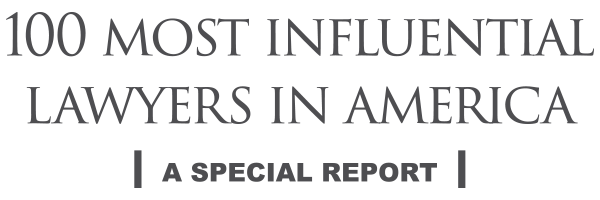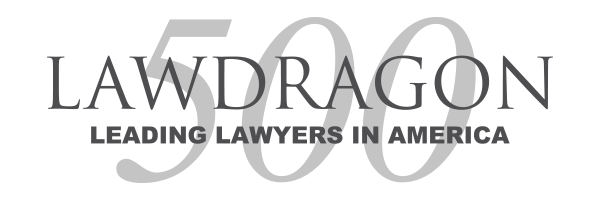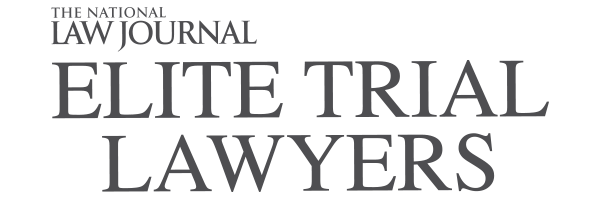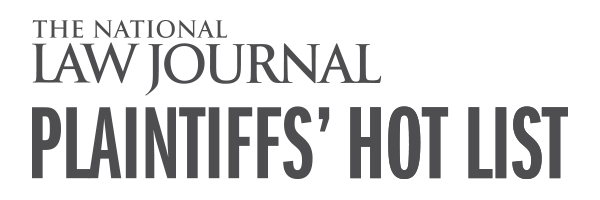NCAA College Athletes Receive Second Class Certification Victory in Name, Image and Likeness Antitrust Class-Action Lawsuit
OAKLAND, Calif. – A class of NCAA college athletes today received a second class certification in a sweeping antitrust lawsuit filed against the NCAA accusing the sports governing body of illegally withholding earnings from athletes related to the use of their name, image and likeness (NIL), according to attorneys at Hagens Berman, co-lead class counsel.
“In the face of the NCAA’s dodging and pivoting playbook, we have never considered throwing in the towel for this hardworking class of college athletes,” said Steve Berman, managing partner of Hagens Berman and attorney for the class. “We have challenged the NCAA regarding scholarships, concussions and videogame franchises, and now we’ve come to another pivotal juncture: name, image and likeness rights. We believe the NCAA’s era of impeding the rights of college athletes is over.”
On Nov. 3, 2023, U.S. District Judge Claudia Wilken certified three classes of college athletes regarding damages in the case, meaning, the NCAA faces monetary loss in the lawsuit, not just court action restraining its antitrust behavior. Damages would be based on payments college athletes would have received if not for the NCAA’s restraints. These revenues include those from three areas: television broadcasts (referred to as BNIL in the court’s order), video games and other revenue sources.
The classes of NCAA college athletes consist of at least 184,000 individuals.
In the 52-page order, Wilken certified classes of men’s football and basketball (represented by Tymir Oliver), women’s basketball (represented by Sedona Prince) and an additional sports class pertaining to all other Division 1 college athletes (represented by Grant House) who compete on, competed on, or will compete on a Division I athletic team at any time between June 15, 2020 and the date of judgment in the case. Attorneys also fought to include all athletes who get any kind of NIL deal while many of the NCAA’s NIL rules have been temporarily suspended.
In negating the NCAA’s contentions to class certification, Judge Wilken wrote, “…Defendants contend that there is no market for student-athletes’ BNIL and that student-athletes’ BNIL, therefore, have no value. These arguments do not defeat predominance; to the contrary, they emphasize that a class action is the proper vehicle for the claims in this case.”
“Because Plaintiffs have met their burden to show that the issues of antitrust injury and damages can be resolved with common proof on a classwide basis, and given that it is undisputed that the central question of whether the challenged rules violate Section 1 is also capable of resolution with common proof on a classwide basis, the Court finds that Plaintiffs have met their burden to show that the predominance requirement of Rule 23(b)(3) is met with respect to the proposed damages classes,” the order reads.
Athletic Arithmetic
The court’s order cites opinions and estimations provided by plaintiffs’ experts, including Edwin S. Desser, who has worked in sports media since 1977, with decades of experience negotiating media agreements with media companies such as ESPN, as well as a 23-year role as a media executive at the NBA.
“Desser concluded that at least ten percent of the value of (i.e., revenue from) the broadcast rights for those sports is attributable to the student-athletes’ NIL contained in the broadcasts,” the order reads. “Desser concluded that, for Defendants’ broadcast agreements that cover multiple sports, the overall average allocation of the revenue is seventy-five percent to football, fifteen percent to men’s basketball, five percent to women’s basketball, and five percent to all other sports.”
Additionally, the court’s order details the opinion of a second expert for the class of athletes, Dr. Daniel A. Rascher, a Professor and Director of Academics Programs for the Master of Science in Sport Management program at the University of San Francisco: “…to estimate individual damages, Dr. Rascher divided the total student-athlete share of each conference’s broadcast revenues for each sport by the number of class members in each conference, year, and sport to estimate the individual payment that each proposed class member would have received each year in the absence of the challenged rules.” These findings proved sufficient to the court to show antitrust injury to the classes of athletes, despite defendants’ claims of inadequacy.
“Defendants argue that there is no basis to assume that student-athletes’ NIL in broadcasts have value, much less a specific value, because no payments have been made to date to student-athletes (or professional athletes) by anyone to compensate them specifically for their BNIL and because Defendants’ broadcast contracts do not separately value student-athletes’ NIL,” Wilken wrote. “However, the Court finds ample support for Plaintiffs’ assumption that student-athletes NIL in broadcasts have value, and that their value is at least ten percent of the revenues of Defendants’ broadcasting contracts.”
With damages in the case dependent upon what payments athletes could have received if not for the NCAA’s antitrust restrictions, dollar amounts would reflect an industry of multimillion- and multibillion-dollar deals:
- In 2016 the NCAA negotiated an eight-year extension of its multimedia contract for the broadcasting rights to March Madness, under which the NCAA received $1.1 billion per year, with no indication of the industry slowing down:
- The Big Ten and Big 12 have signed new broadcast rights agreements in the past two years with combined revenue of over $9 billion in the next six to seven years.
- College athlete third-party NIL deals with brands and sponsors have shown there to be a market with over $1 billion a year at play.
A One-Two Punch
The order comes on the heels of Judge Wilken’s Sept. 22, 2023 order granting class certification of the injunctive relief class, which would effectively bring an end to the NCAA’s policies and procedures prohibiting athletes from profiting from their NIL use and protect opportunities for future college athletes. In that round, the NCAA chose not to contest the class certification, but it did seek to block the damages class from certification, an important step forward for the lawsuit.
The antitrust lawsuit was originally filed June 15, 2020, in the U.S. District Court for the Northern District of California, and accuses the NCAA and conferences of illegally conspiring to limit the compensation that Division I college athletes may receive for the use of their NILs and athletic reputations. The complaint says the entities violated federal antitrust laws in abiding by a particular subset of NCAA rules that prohibit college athletes from receiving anything of value in exchange for the commercial use of their NIL.
“We are hopeful that this lawsuit will usher in a new era of college sports – one which players will recall as a monumental shift that finally leveled the playing field,” Berman said. “Hundreds of thousands of college athletes compete against each other every year in a captivating performance. It’s no surprise that when aligned together, they can stand up to the NCAA itself.”
Wilken’s order also appointed Hagens Berman as co-lead counsel for the class, noting the firm’s having been “previously appointed lead counsel for NCAA student-athletes in complex antitrust actions and have achieved significant success in that role.”
Find out more about the class-action lawsuit against the NCAA for athletes’ NIL rights.
# # #
About Hagens Berman
Hagens Berman Sobol Shapiro LLP has represented classes of college students before, initiating and leading the historic Alston case where we won a 9-0 win for college athletes, achieving a $208 million settlement against the NCAA concerning antitrust-related student scholarship limits, a combined $60 million settlement against Electronic Arts and the NCAA regarding player likeness rights in videogames, and an additional settlement valued at $75 million regarding concussions and safety protocols and a trial victory overturning NCAA rules limiting education based compensation. The firm’s sports litigation legal team also includes former NCAA athletes.
Hagens Berman is a global plaintiffs’ rights complex litigation law firm with a tenacious drive for achieving real results for those harmed by corporate negligence and fraud. Since its founding in 1993, the firm’s determination has earned it numerous national accolades, awards and titles of “Most Feared Plaintiff’s Firm,” MVPs and Trailblazers of class-action law. More about the law firm and its successes can be found at www.hbsslaw.com. Follow the firm for updates and news at @ClassActionLaw.
Media Contact
Ash Klann
[email protected]
206-268-9363





